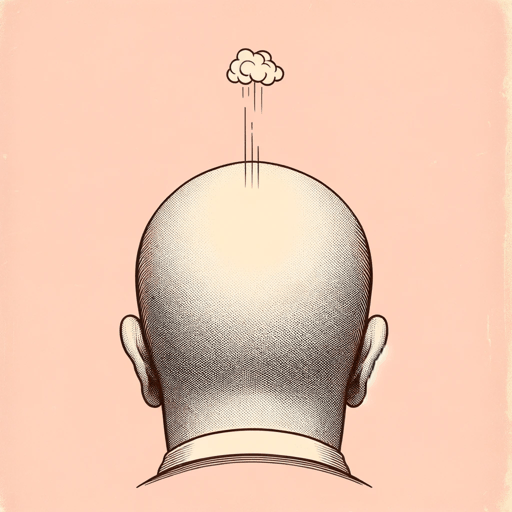29 pages • 58 minutes read
Anton ChekhovThe Death of a Government Clerk
Fiction | Short Story | Adult | Published in 1883A modern alternative to SparkNotes and CliffsNotes, SuperSummary offers high-quality Study Guides with detailed chapter summaries and analysis of major themes, characters, and more.
Background
Historical Context: Politics and Class in 19th-Century Russia
During the 1800s, tsars’ political ambitions and a changing class structure shaped the development of Russian bureaucracy. From 1721 to 1917, a series of autocratic tsars ruled the Russian Empire. Russia had no constitution or assembly of elected representatives during this period, and the hereditary monarchs claimed that they ruled by divine right. Below the royal family, the upper class consisted of “landowning nobles, wealthy merchants and high ranking members of the Orthodox Church, civil service and military” (“Imperial Russia-Government and People.” BBC, 8 Feb. 2024). A minute but growing middle class made up of civil servants, doctors, lawyers, and other professionals were both better educated and more open to reform than most of their countrymen. The vast majority of Russia’s population lived in the countryside, and most of them were serfs during the first half of the 19th century. In the feudal system, the monarch granted land to nobles known as vassals, while serfs were bound to live and work on the vassals’ land. Feudalism flourished throughout Europe in the Middle Ages, but serfdom wasn’t abolished in Russia until the Emancipation Reform of 1861. By freeing millions of serfs from their obligation to remain on nobles’ lands, Alexander II hoped to increase the urban workforce and stimulate industrialization.
Related Titles
By Anton Chekhov

At Home
Anton Chekhov

Gooseberries
Anton Chekhov

The Bet
Anton Chekhov

The Cherry Orchard
Anton Chekhov

The Darling
Anton Chekhov

The Duel
Anton Chekhov

The Lady With The Dog
Anton Chekhov

The Seagull
Anton Chekhov

Three Sisters
Anton Chekhov

Uncle Vanya
Anton Chekhov

Vanka
Anton Chekhov

